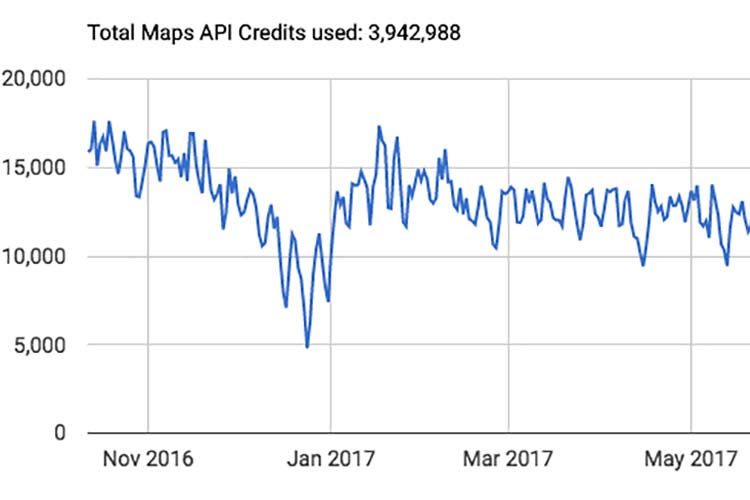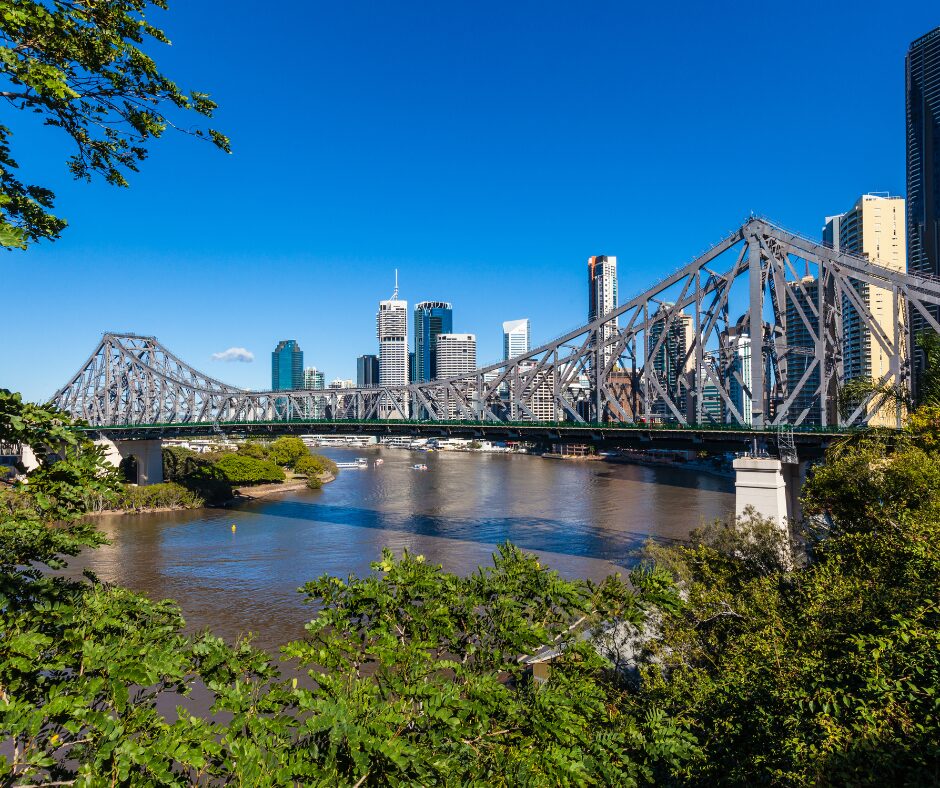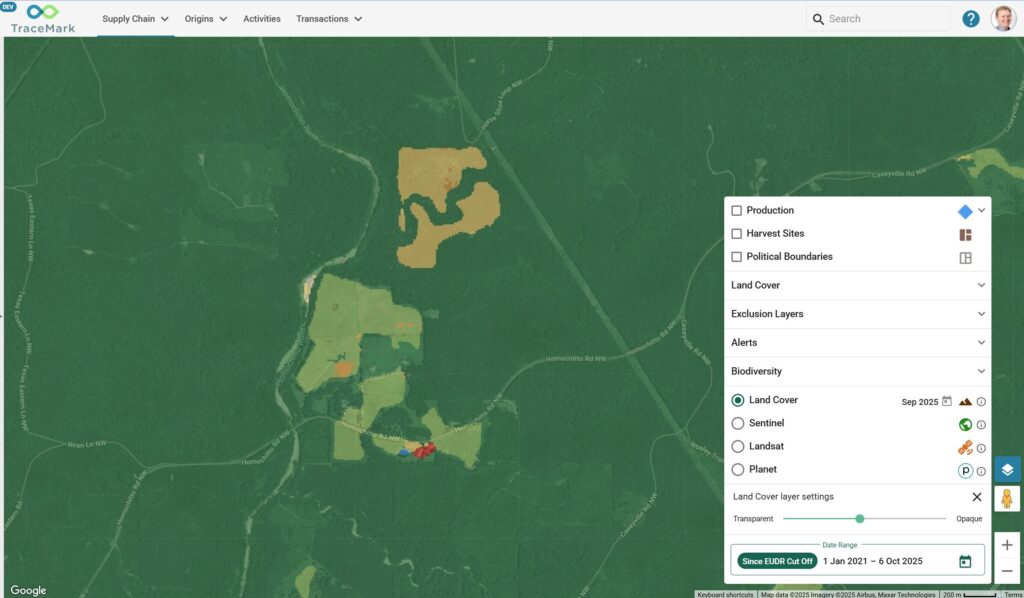Four ways to get more from your license investment

Google Maps APIs power the location aspect of millions of apps and websites. When using the APIs in a premium use case, it is important to ensure that you’re getting the most out of your licence and aren’t using map credits inefficiently, without getting the benefits.
Here are four things to consider if you’re concerned with how quickly you’re using your map credits.
Switch Javascript Map Loads to Static Maps
Static Maps API could help you quadruple the benefit you get from your map credits.
Javascript API gives you the full navigation functionality on the Google Maps interface, but in some circumstances pan and zoom functionality isn’t necessary and can even hinder users from efficiently processing the location information portrayed on the map.
The Static Maps API provides a simple, embeddable map image without the navigation controls. In essence, a static image of a Google Maps window, the Static Maps API uses a quarter of the credits of the Javascript API and can reduce the load time on your website or app.
Common use cases for this is when you have a panel that visualises a customer location in a CRM or a delivery address on an ordering page.
Geocoding rather than Places Details
Using Places API when you only need to geocode causes you to consume two map credits instead of potentially zero.
An issue that occurs often is websites or apps calling the Places API to simply obtain the location of an address or point of interest. While a Places Detail request does provide latitude and longitude information, it also extracts a wealth of information from Google’s Places database such as a phone number, opening hours, photos, ratings and customer reviews.
If your application only requires basic location information, you’re better off calling the Geocoding API. The extra information in the Places database is often called unnecessarily when you are using the address autocomplete functionality of the Places API.
Caching results where possible
First, ask whether you already have the data stored on your server.
To improve performance of your application, Google allows storage of Maps data for up to 30 days. By only sending requests when necessary, the number of map credits consumed can be reduced. In use cases where the same information is called repeatedly, caching could save you a significant amount of map credits. It is important to ensure that storage is for performance reasons only and that you do not cache for more than the 30 day, as per the terms of service.
Throttle API requests
Spreading the load over days can help with reducing map credit usage.
When on the Google Maps Premium Plan, the first 100,000 web service requests each day don’t consume any map credits. By limiting requests to fall under this daily limit, map credit consumption can be avoided.
To find out more or organize a map credit efficiency check, get in touch with the Google Maps team at NGIS.
Related Articles
Here are more related articles you may be interested in.







